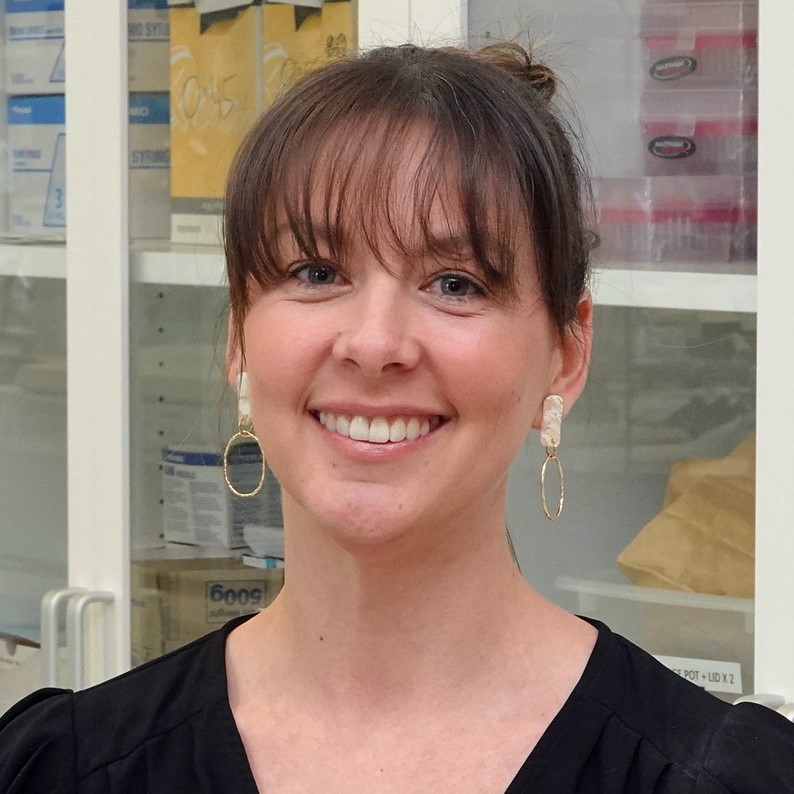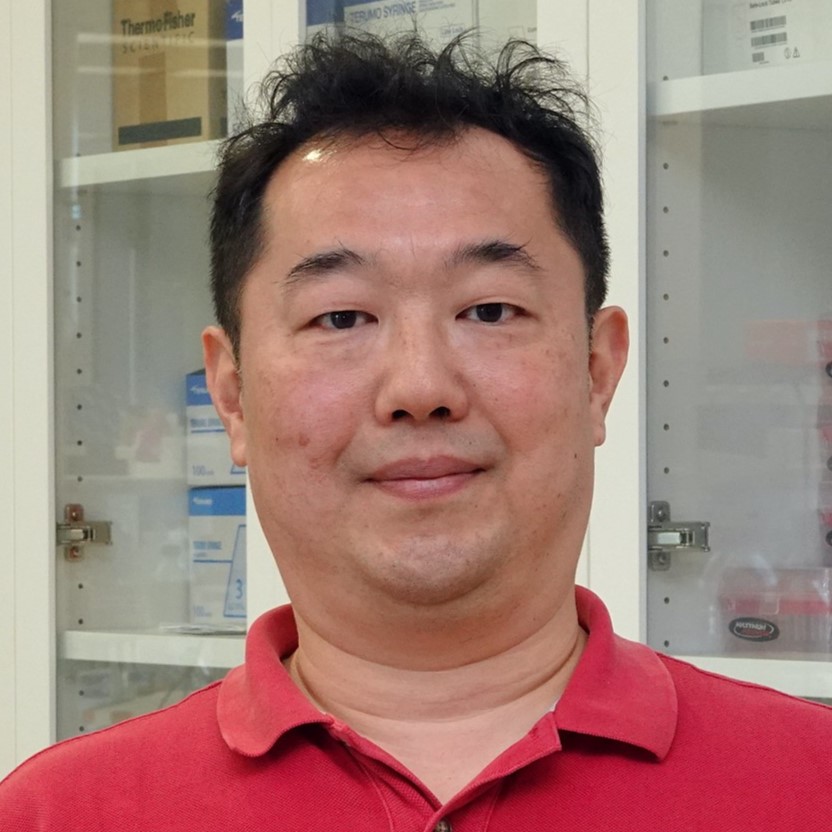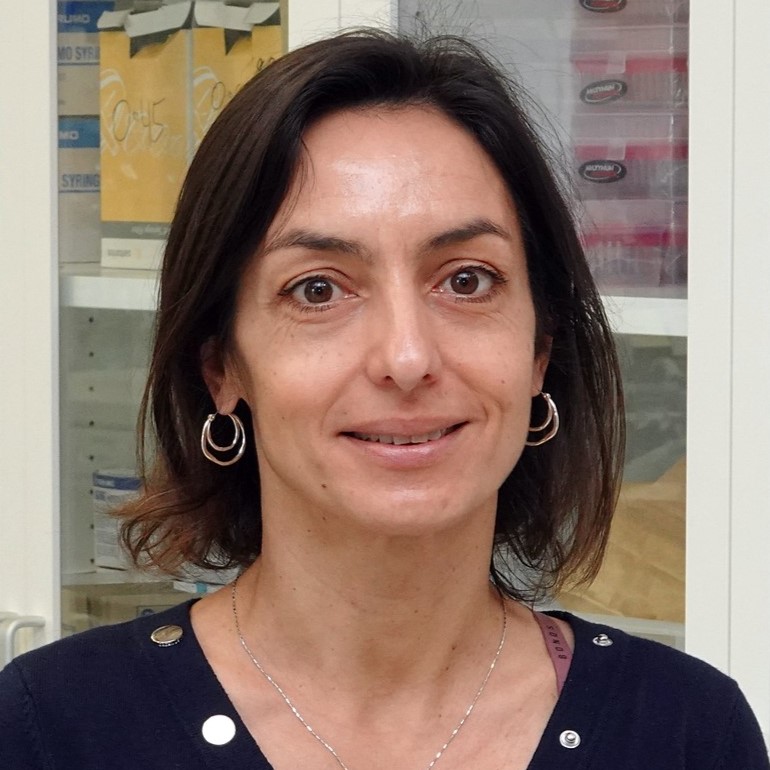Research Program Overview
Key characteristics of the tissue microenvironment are fundamentally changed in cancer, yielding the tumour microenvironment. Some of these changes are tumour cell-driven and result in tumour-promoting changes in the microenvironment, whilst others are systemically driven, resulting in tumour-suppressive changes in the microenvironment. Interaction with the tumour microenvironment is therefore fundamental to the ability of cancers to grow and spread around the body. Blocking the ability of cancers to exploit their microenvironments has potential to reveal novel therapy approaches against invasive and metastatic cancers.
The Rho-ROCK signalling pathway is known to regulate the contractility of the cellular actomyosin cytoskeleton to promote tumour cell migration and invasion. Less well-understood is its role in modifying the tissue microenvironment. We have discovered that activation of the ROCK kinase causes over-production and abnormal remodelling of collagen and other extracellular matrix (ECM) components in many tissues, and establishes an immune milieu that interferes with systemic anti-cancer mechanisms. The resulting increase in tissue density disrupts normal tissue homeostasis, enhanced cancer cell proliferation and promotes tumour progression, whilst the impaired ability of the immune system to target cancer cells permits their survival. Using Rho-ROCK signalling as a tool, we research the biochemical and biomechanical mechanisms by which microenvironments are established and maintained in normal tissue homeostasis, and hijacked in cancer. This effort is aimed at revealing novel vulnerabilities that may be developed as targets against tumour-mediated reshaping of the microenvironment, contributing to the overall goal of precision medicine.
Current Research Projects
- Understanding the molecular mechanisms by which tumours establish a microenvironment characterised by enhanced mechano-reciprocity that promotes tumour progression
- Investigating how tumours establish a tumour-permissive immune microenvironment via changes in the ECM
- Understanding structural and mechanical aspects of the tumour ECM and how these influence cancer progression.
- Rho-ROCK pathway regulation in wound healing and cancer progression
- Identifying novel negative regulators of mechano-reciprocity.
- Uncovering how tumours co-opt cancer-associated fibroblasts for tumorigenesis
- Exploiting the tumour secretome for its predictive power in relation to disease progression and metastasis
Laboratory staff
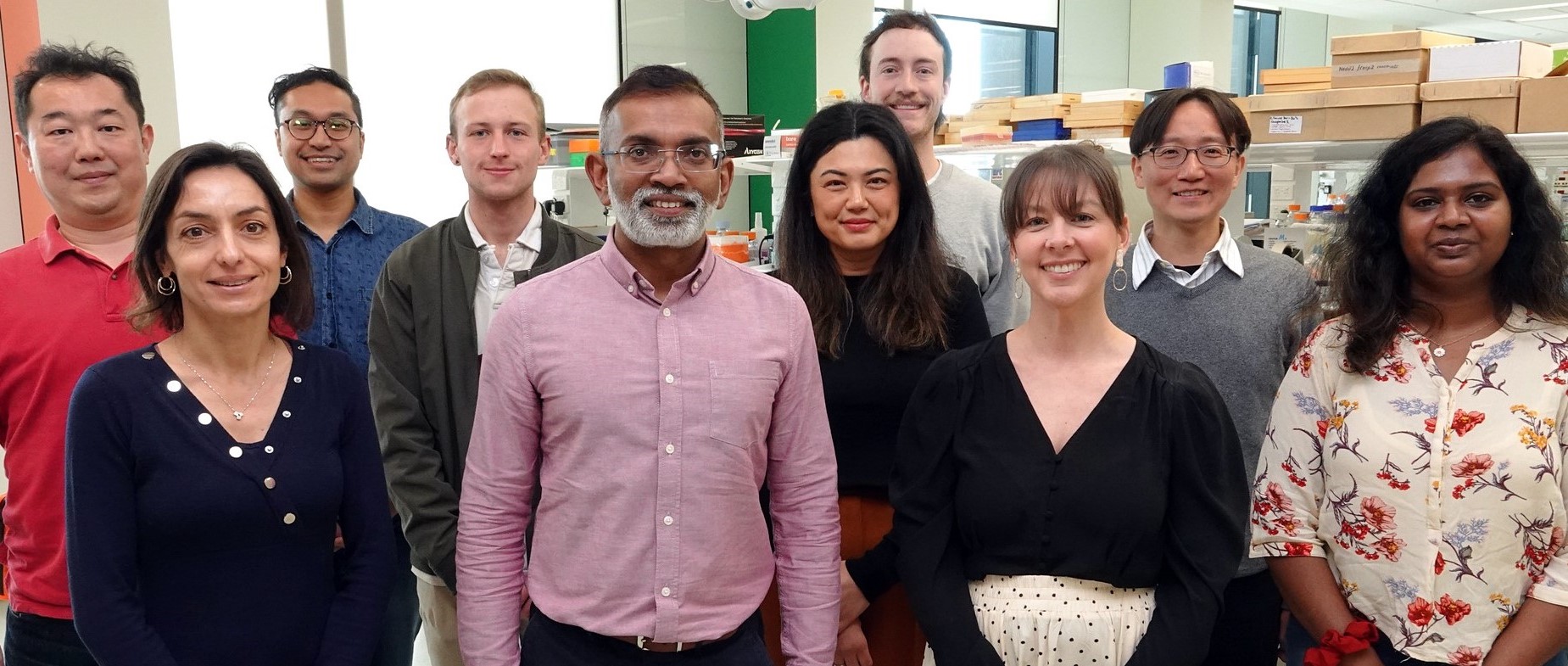
Laboratory head
Team Members
Postdoctoral Research Scientists
Research and Technical Assistant
Students
- Dr. Chun-Hsien Chen
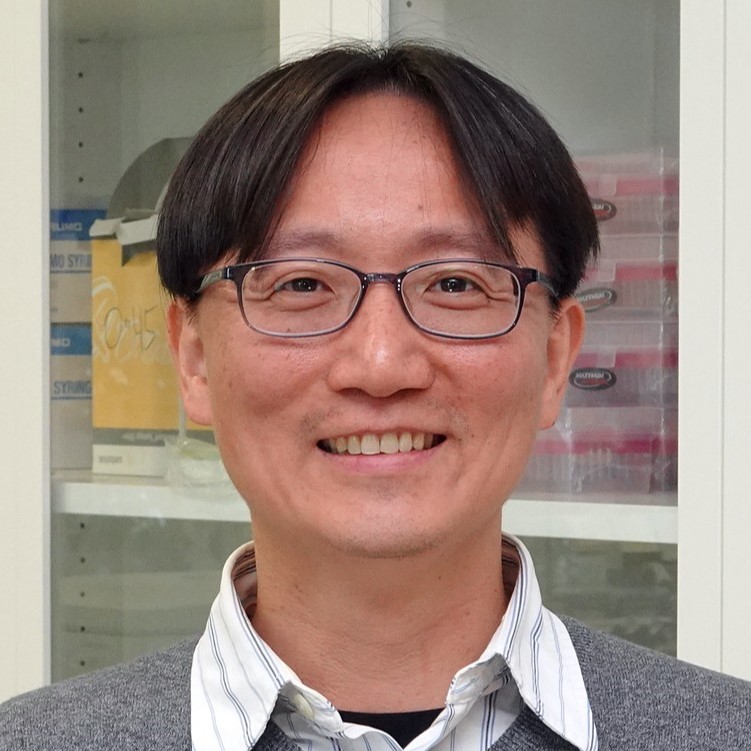
- Ms. Mogana Reckdharajkumar
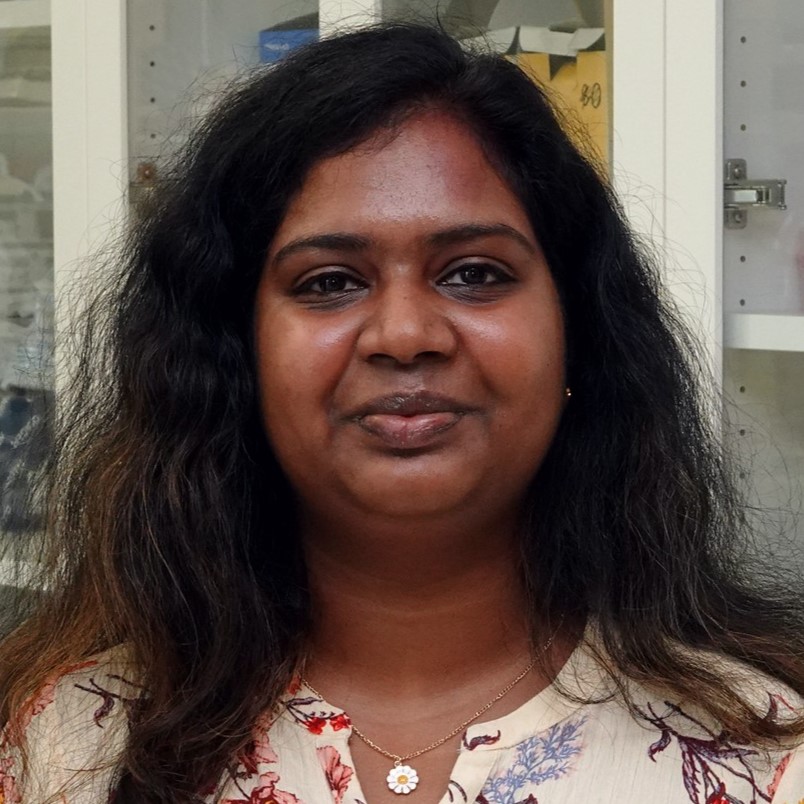
- Ms. Zahra Esmaeili
- Mr. Edward Buckley
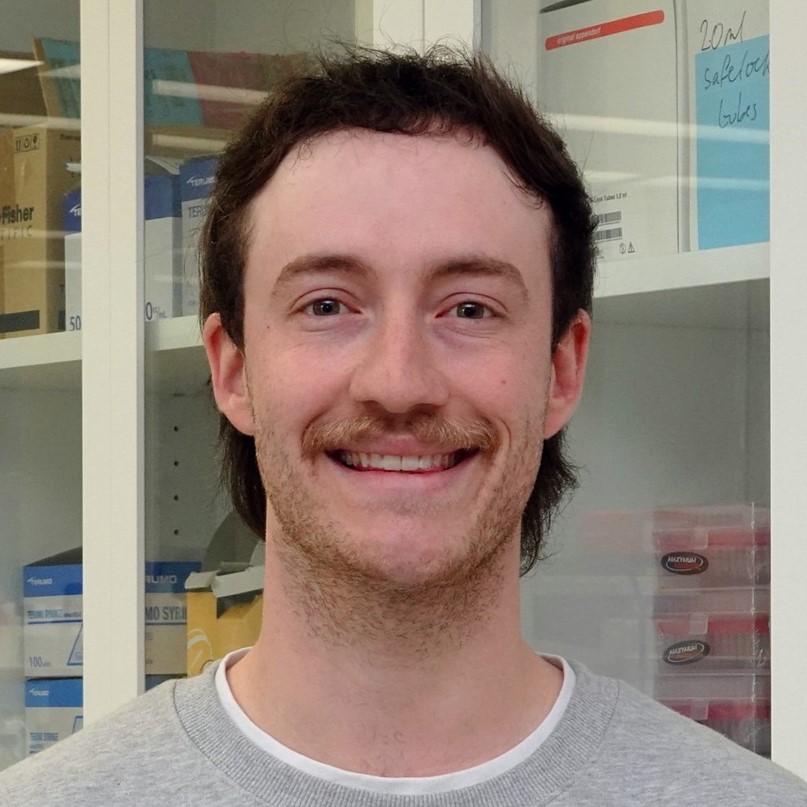
Alumni
- Ms. Natasha Pyne
South Australian Health and Medical Research Institute - Dr Vahid Atashgaran
Roche Diagnostics - Dr Jasreen Kular
Telethon Children’s Research Institute - Ms. Diana Iarossi
South Australian Health and Medical Research Institute - Dr. Valentina Poltavets
Children's Cancer Institute
Select Recent Publications
- Johan MZ, Pyne NT, Kolesnikoff N, Poltavets V, Esmaeili Z, Woodcock JM, Lopez AF, Cowin AJ, Pitson SM, Samuel MS. Accelerated Closure of Diabetic Wounds by Efficient Recruitment of Fibroblasts upon Inhibiting a 14-3-3/ROCK Regulatory Axis. Journal of Investigative Dermatology. (2024). 144(11):2562-2573.e4. DOI:10.1016/j.jid.2024.03.032
- Pittar A, Buckley EJ, Boyle ST, Ibbetson SJ, Samuel MS. Enhanced RHO-ROCK signaling is associated with CRELD2 production and fibroblast recruitment in cutaneous squamous cell carcinoma. Cytoskeleton. (2024). 81(12):864-871. DOI: 10.1002/cm.21894
- Le Cerf BA, Pyne NT, Kular J, Boyle ST, Beattie DA, Krasowska M, Samuel MS. Nano-mechanical analyses of native and cross-linked collagen I matrices reveal the mechanical complexity of homogenous samples. Frontiers in Physics: Soft Matter Physics. (2022). DOI: 10.3389/fphy.2022.835038
- Kolesnikoff N, Chen C, Samuel MS. Interrelationships between the extracellular matrix and the immune microenvironment that govern epithelial tumour progression. Clinical Science. (2022).136: 361-377. DOI: 10.1042/CS20210679
- Kochetkova M, Samuel MS. Differentiation of the tumour microenvironment: are CAFs the Organizer? Trends in Cell biology. (2022). 32(4): 285-294. DOI: 10.1016/j.tcb.2021.11.008
- Boyle ST, Poltavets V, Samuel MS. Mechanical signaling in the mammary microenvironment: From homeostasis to cancer in Tumour Microenvironment: Adv Exp Med Biol. (2021).1329:399-417.
- Boyle ST, Johan MZ, Samuel MS. Tumour-directed microenvironment remodelling at a glance. Journal of Cell Science. (2020) 133(24):jcs247783.
- Boyle ST, Poltavets V, Kular J, Pyne NT, Sandow JJ, Lewis AC, Murphy KJ, Kolenikoff N, Moretti PAB, Tea MN, Tergaonkar V, Timpson P, Pitson SM, Webb AI, Whifield RJ, Lopez AF, Kochetkova M, Samuel MS. ROCK-mediated selective activation of PERK signalling causes fibroblast reprogramming and tumour progression through a CRELD2-dependent mechanism. Nature Cell Biology. (2020), 22(7), 882-895.
- Boyle ST, Kular J, Nobis M, Ruszkiewicz A, Timpson P, Samuel MS. Acute compressive stress activates RHO/ROCK-mediated cellular processes. Small GTPases. (2020), 11(5), 354-370.
- Kular J, Scheer KG, Pyne NT, Allam AH, Pollard A, Magenau A, Wright R, Kolesnikoff N, Moretti PA, Wullkopf L, Stomski F, Cowin AJ, Woodcock JM, Grimbaldeston MA, Pitson SM, Timpson P, Ramshaw HS, Lopez AF and Samuel MS. A negative regulatory mechanism involving 14-3-3ζ limits signaling downstream of ROCK to regulate tissue stiffness in epidermal homeostasis. Developmental Cell (2015), 35(6):759-774.
- Ibbetson SJ, Pyne NT, Pollard AN, Olson MF, Samuel MS. Mechanotransduction pathways promoting tumor progression are activated in invasive human squamous cell carcinoma. American Journal of Pathology (2013), 183(3):930 – 937.
- Samuel MS, Lopez JI, McGhee EJ, Croft DR, Strachan D, Timpson P, Munro J, Schröder E, Zhou J, Brunton VG, Barker N, Clevers H, Sansom OJ, Anderson KI, Weaver VM, Olson MF. Actomyosin-Mediated Cellular Tension Drives Increased Tissue Stiffness and β-Catenin Activation to Induce Epidermal Hyperplasia and Tumor Growth. Cancer Cell (2011), 19(6):776 – 791.



